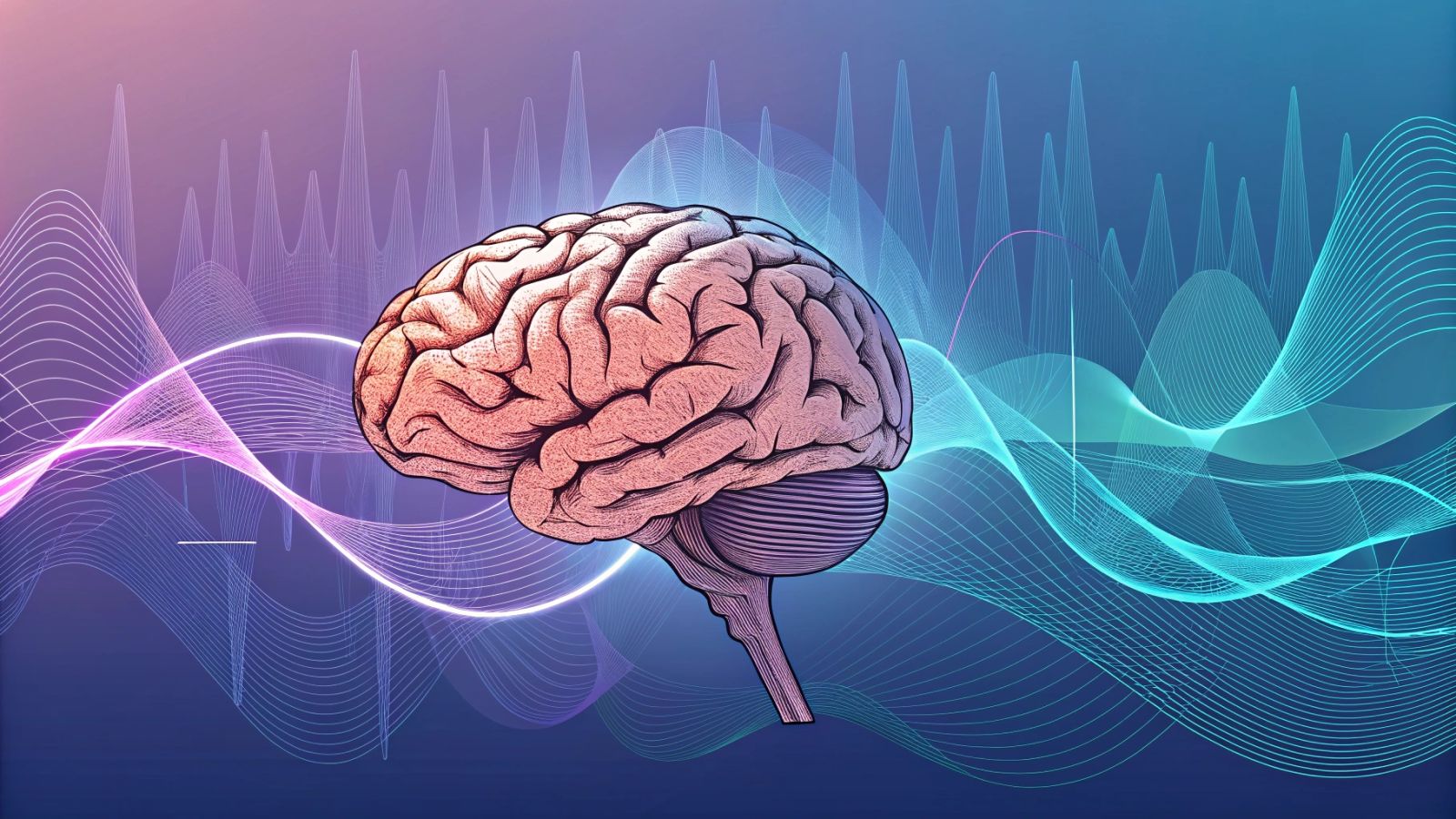A little-known brain region at the heart of communication 🧠
Published by Cédric,
Article author: Cédric DEPOND
Source: Nature Communications
Other Languages: FR, DE, ES, PT
Article author: Cédric DEPOND
Source: Nature Communications
Other Languages: FR, DE, ES, PT
Follow us on Google News (click on ☆)
For example, saying "Did you do it?" with a rising intonation suggests a question, while "You did it." with a falling tone implies a statement. Similarly, stressing a word gives it particular weight and thus intention, as in the case of saying "it was [YOU] who did it": this points an accusatory finger at our interlocutor. A recent study reveals that our brain processes these melodic nuances much earlier than previously thought, thanks to a little-known brain region.

This discovery, published in Nature Communications, improves our understanding of language perception. By analyzing the brain activity of epileptic patients, researchers have identified the key role of Heschl's gyrus, in the cerebral cortex, in interpreting variations in voice pitch, called prosody. These variations, often imperceptible, are nevertheless essential for grasping the intention and emotion behind words.
Heschl's gyrus: much more than a simple sound processor
Heschl's gyrus, a region of the auditory cortex, was until now considered a simple sound detector. Researchers have discovered that it also plays a role in transforming tone variations into meaningful linguistic information. Thus, this region does not merely process raw sounds, but categorizes pitch accents to extract meaning.
This ability to interpret prosody is unique to humans. Experiments conducted on macaques have shown that although these animals perceive the same acoustic variations, they do not process them as linguistic units. This suggests that this skill is the result of our notion of language.
Using intracranial recordings in epileptic patients, researchers observed that Heschl's gyrus encodes voice pitch variations into distinct linguistic units. These units, called pitch accents, are processed separately from the sounds that make up words, revealing an unsuspected specialization of this brain region.
Practical implications for health and technology
These findings could improve the management of language disorders, such as autism or stroke sequelae. By better understanding how the brain processes prosody, therapies could become more targeted and effective. For example, specific exercises could help patients better interpret intonations, thereby improving their daily communication.
Moreover, this discovery could enhance voice recognition systems. Currently, voice assistants struggle to interpret emotional nuances or intentions behind words. By integrating these mechanisms, technologies could become more intuitive and human-like, enabling more natural interaction between humans and machines.
This breakthrough opens up new perspectives for neuroscience research. By studying the role of Heschl's gyrus in more detail, scientists could discover new avenues for treating other neurological disorders related to auditory perception or language. These findings could also shed light on the brain mechanisms involved in language learning.
To go further: How does the brain process sounds?
The brain breaks down sounds into several stages. First, primary auditory regions, such as Heschl's gyrus, process basic acoustic characteristics, such as pitch, intensity, and timbre. This information is then transmitted to more specialized areas for further analysis.
Next, regions such as the superior temporal gyrus intervene to interpret these sounds in a linguistic context. They allow for the distinction of phonemes, words, and sentences.
This information is then relayed to associative areas that link it to memory, emotions, and other cognitive functions. This explains why a particular intonation can evoke memories or elicit emotional reactions.